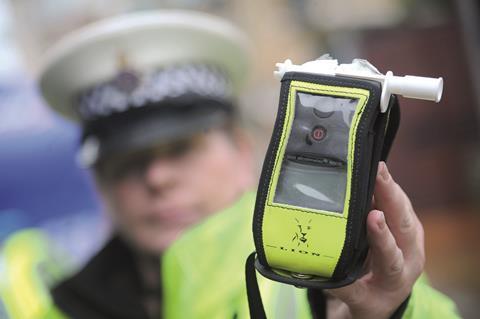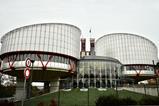The most widespread miscarriage of justice in British history demonstrated the fallibility of evidence produced by software. But the Ministry of Justice will not find it easy to redraw the boundaries
Back in July 1995, an in-house lawyer wrote to the Law Commission, which was considering the admissibility of computer-derived evidence in criminal proceedings. The writer grumbled that the governing law at the time, which stated that a computer-produced document was not admissible unless it could be shown that the computer was operating properly, was ‘somewhat onerous from a prosecution viewpoint’.
Computer evidence, the writer argued, is in principle no different to any other and should ‘in general terms’ be admissible. Further, ‘there should be a presumption that the machine is in working order, etc’.
The letter was from the head of the criminal law division at the Post Office. They went on to note that, in the event of a subpostmaster being prosecuted for theft or false accounting, ‘the Post Office may need to rely on the computerised accounting records’. However, such prosecutions might fail simply because the evidence did not satisfy the ‘technical requirements’ of the admissibility rule.
The Post Office got its way. In 1997, the commission recommended that the ‘not be admissible... unless’ provision, under s69 of the Police and Criminal Evidence Act 1984, be repealed. This was achieved in 2000 by s60 of the Youth Justice and Criminal Evidence Act, at the height of the Blair government’s enthusiasm for tech-friendly policies.
The clause was replaced by a common law rebuttable presumption that the computer was operating correctly. And, between 1999 and 2015, more than 900 subpostmasters were convicted of theft, fraud and false accounting based on evidence from a computer which indeed turned out not to be operating properly.
This week, amid the Horizon scandal furore, the Ministry of Justice said it would look again at the admissibility rule. Announcing a call for evidence on the use of evidence generated by software, justice minister Sarah Sackman KC said the overturning of the Post Office convictions clearly demonstrated the ‘fallibility of evidence produced by software’.
'It is sad that it took the Post Office miscarriages to make ministers see the problem'
Dr Sam De Silva, CMS
The announcement was widely welcomed. Law Society chief executive Ian Jeffery said: ‘It is important that the government considers the relaxation of the rule of evidence, which created a presumption that evidence generated by computers is accurate.’
Dr Sam De Silva, partner at CMS and former chair of the Society’s technology and law committee, described the announcement as a surprise and ‘long awaited’, adding: ‘It is sad that it took the Post Office miscarriages to make ministers see the problem.’
But De Silva noted that we cannot simply return to the pre-1999 rule. The government’s own consultation document notes that much has changed – notably the exponential increase in the use of software and computer systems in everyday life. ‘Computer evidence’ now forms part of prosecutions for fraud, rape and serious sexual assault – and features in high-volume prosecution categories such as driving offences. ‘Therefore it is important when examining this area we consider any ramifications for the effective functioning of the criminal justice system.’

What constitutes digital material ‘has evolved significantly’ since 1984, when s69 was introduced. ‘If reinstated today, it could now be construed to include everything from complex accounting software used by commercial banks to text messages, email chains and social media posts.’
The solution, the MoJ proposes, is to confine the change to ‘evidence which is generated by software, including artificial intelligence and algorithms’. Evidence ‘merely captured or recorded by a device’ – for example text messages, digital photographs and breath-test readouts – should be excluded.
‘We welcome views on if these are the right boundaries, how these definitions should be drawn, and other examples of specific evidence types which should be in or out of scope,’ it concludes.
While the MoJ is ‘asking the right questions’, defining evidence which is ‘merely captured or recorded’ might be tricky, says De Silva. In the modern world, there may be a layer of software in the most apparently straightforward electronic device.
Two technological developments, pulling in different directions, pose particular challenges. One is AI systems based on large language models, which have reminded us that computer-generated material can be wildly inaccurate. The other is the potential spread of blockchain encryption, in which the laws of mathematics make ‘black boxes’ theoretically unchallengeable.
The only certainty now is that lawyers with an understanding of these issues are unlikely to be short of work.
This article is now closed for comment.




































5 Readers' comments